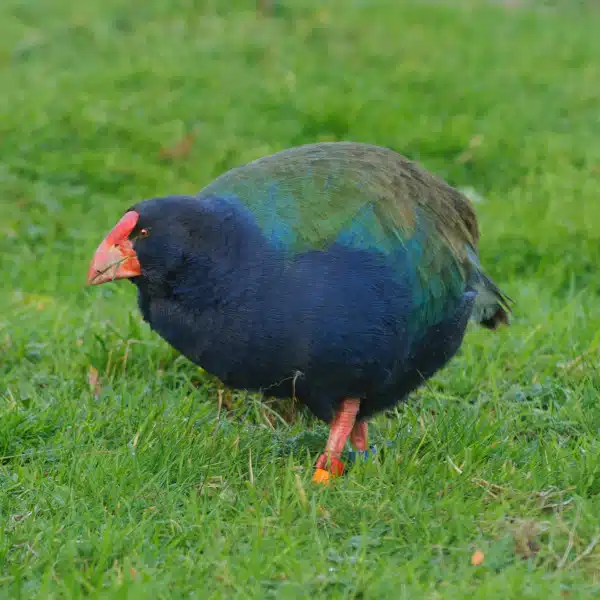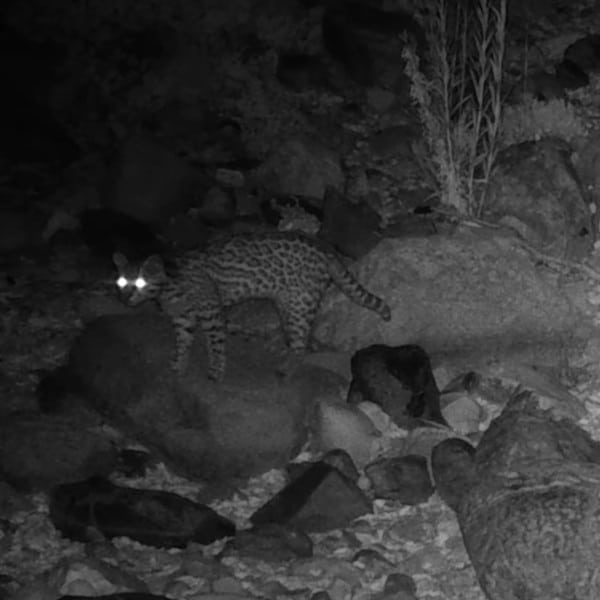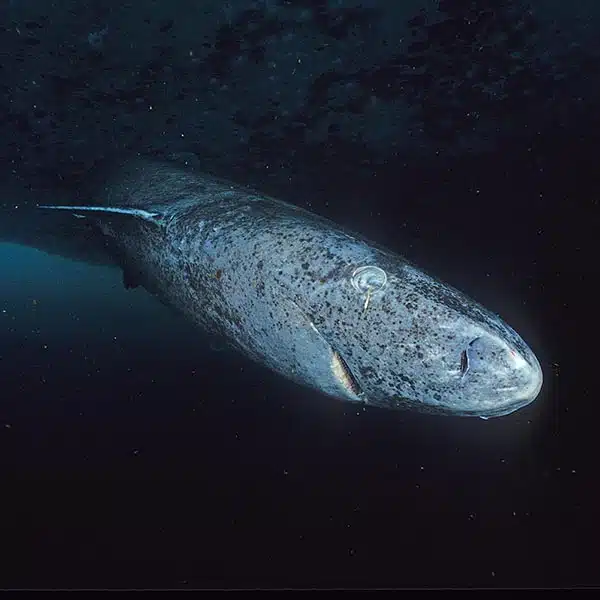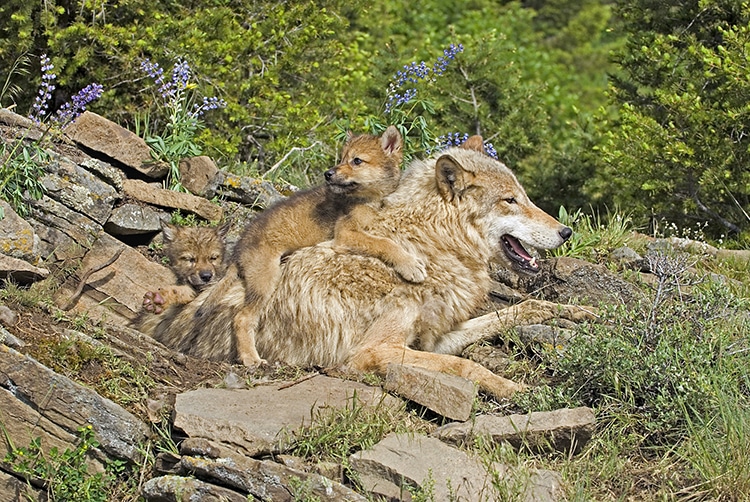
Photo: DESIGNPICSINC/Depositphotos
The gray wolf is a conservation success story. Clawing its way back from near extinction in the 1960s, the species is once more a symbol of the American west and Great Lakes region. However, in November 2020, the Trump administration ended many of the federal regulations which had allowed the populations to recover, legalizing hunts in the electoral battleground states of Michigan, Minnesota, and Wisconsin. In February 2022, a federal judge at last restored these protections for the species across much of the United States.
Found in Eurasia and North America, the American range of Canis lupus once stretched across two-thirds of the modern United States. The beautiful pack mammals were considered a pest by farmers and the United States government as industrial-scale agriculture expanded across this range. By 1960, the gray wolf was near extinction with an estimated population of only 300. The Endangered Species Act (ESA) of 1973 was a turning point, designating the gray wolf as a federally protected species. Safe from hunters and the government itself, population growth was aided by the reintroduction of wolves to habitats such as Yellowstone National Park. The wolves released into the park in 1995 have since multiplied, with cascading ecological benefits such as aiding beaver populations.
The restored federal protections were triggered by a lawsuit by wildlife advocates against the U.S. Fish and Wildlife Service, a federal agency. U.S. District Judge Jeffrey White, who is based in California, decided the agency had failed to carry its burden of proof that wolf populations can be sustained in the Midwest and parts of the West without ESA protections. The Biden administration had argued that the wolves were resilient enough to not be decimated by state laws allowing wolves to be hunted in larger numbers. With the judge's decision, the Rocky Mountain region wolves are not yet protected. However, the Great Lakes region and parts of the West will now be protected once more. The status of wolves in other areas is under agency review.
Secretary of the Interior Deb Haaland wrote an op-ed addressing the killing of wolves which wandered outside of Yellowstone National Park, made possible by loosened regulations in Montana. She wrote, “Recent laws passed in some Western states undermine state wildlife managers by promoting precipitous reductions in wolf populations, such as removing bag limits, baiting, snaring, night hunting and pursuit by dogs—the same kind of practices that nearly wiped out wolves during the last century.” While more developments are sure to come, the federal judge's decision is a step towards ensuring a sustainable, strong population of gray wolves.
The gray wolf once roamed over most of North America, but it was hunted and exterminated to near extinction in the mid-20th century.
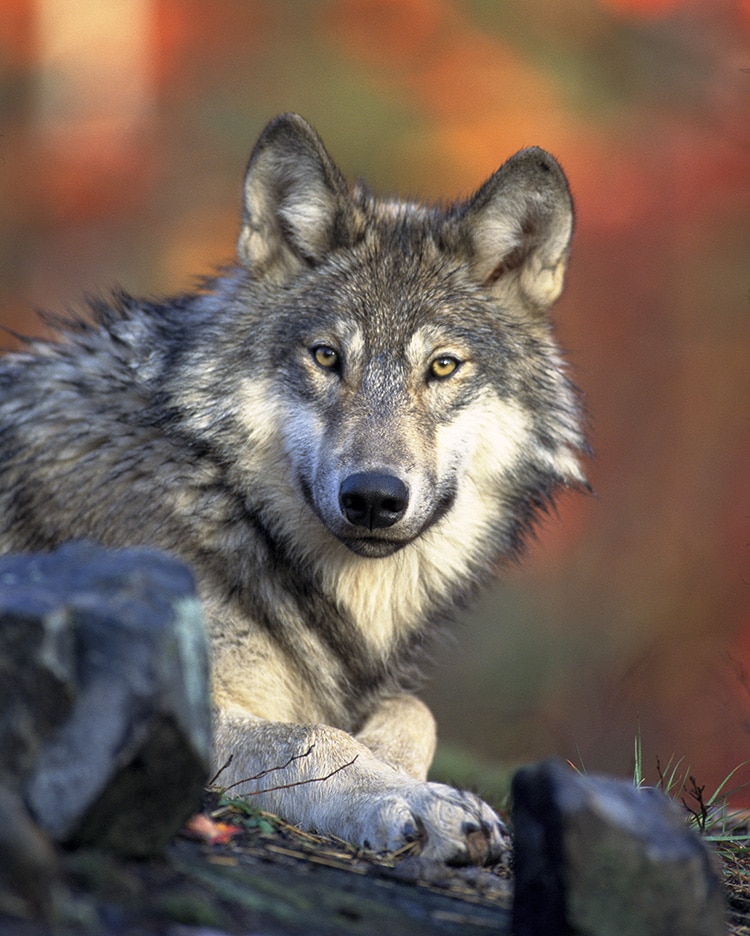
Photo: Wikimedia Commons, Public domain
A federal judge recently restored federal protections to the species after the previous administration had lifted them.

Photo: KJEKOL/Depositphotos
h/t: [NPR]
Related Articles:
Ecuador Expands the Galápagos Marine Reserve by More Than 23,000 Square Miles
Adorable Rescue Fox Bursts Into Gleeful Giggles When Being Petted by His Human
Photographer Befriends the Birds in Her Backyard and They Become Her Best Models
The Humpback Whale Has Swum Its Way Back From Endangered Status in Australia











































































